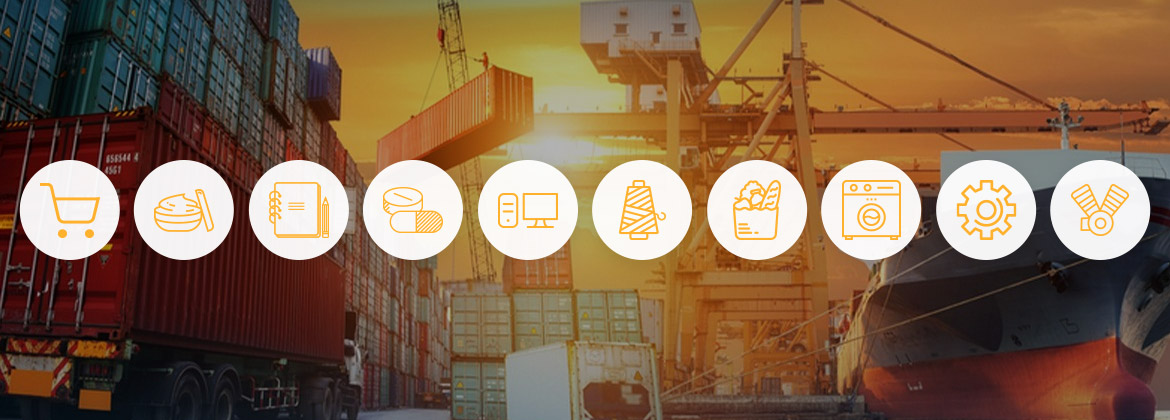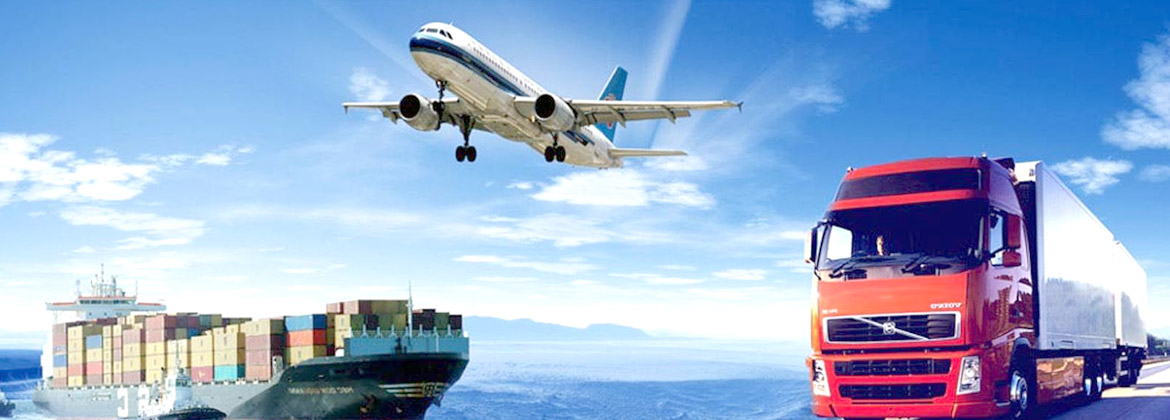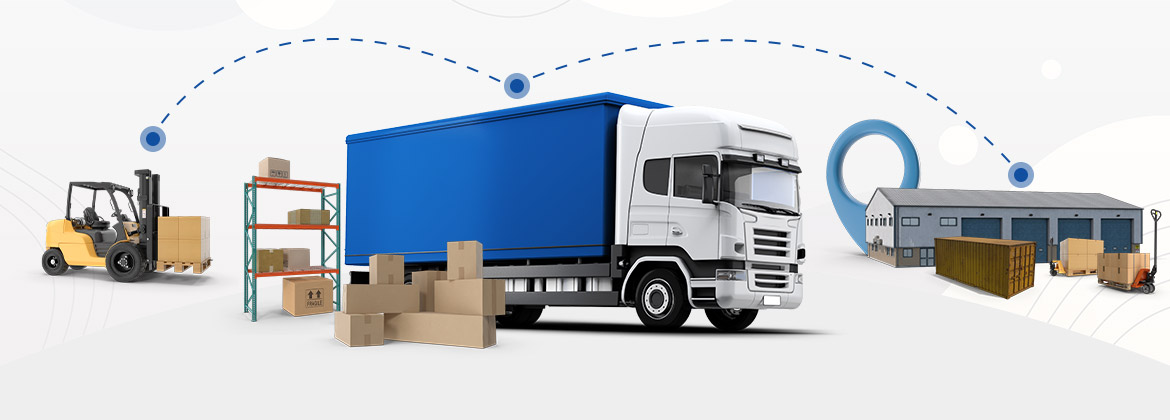Undoubtedly, the logistics sector is the backbone of our economy and its sheer importance got revealed during the pandemic time. To be honest, the logistics sector of our nation needs to be improved a lot considering its setbacks. There are several issues in it ranging from infrastructural concerns and inventory management issues. In a country like India, the Logistic model is still unstructured which makes the entire process too lengthy and high costing incurring. Adapting to multi-modal logistics will be a suitable option for the Indian logistic services and we at V-trans strongly suggest it. Let us have a look at the way multi-modal logistics will help the supply chain industry to act efficiently.
Cost Effectiveness
It all started in 1966 when Indian Railways started containerizing its cargo and that is when our nation first adopted the multi-modal technique. It paved the way for the inter-model approach which is highly cost-effective for medium and long-distance freight. In 1981,
The multi-modal system transformed to the next level when the Indian Railways moved the first ISO container to ICD in Bangalore. In 1993, the Indian Parliament passed a separate act named the multi-modal transportation of goods act that regulated the Indian multi-model system in a single contract. Parallelly, inland transports also embraced this method which developed several local operators hence developing multi-modal transportation operators known as MTO. MTO had only one liaison, which made it cost-effective not just for the operators, but also for the clients.
Highly Flexible
Since its inception, the Indian Logistic industry has witnessed several changes and it still needs to become more organized to deliver better. Areas like digitization must be highly concentrated to improve logistic and supply chain activities. The lead players in the industry have already started delivering multi-modal service and it’s time for the level 2 and level 3 players to adopt this practice. Multimodal logistics solution brings in the expected flexibility e that gives cost-effective output. The system is also well supported by the government as it continuously promotes inland logistics ok and coastal shipping. The launch of Prime Minister’s Gathi Shakthi plan combines the previous initiatives like Sagarmala, Bharatmala, and UDAN which strengthens the multi-modal concept. The investors are also backing the multi-modal concept which helps in providing customized solutions and reducing supply chain errors.
Minimal Cargo Damage
Cargo damage is the most annoying setback happening in the supply chain sector which eventually causes great damage. Activities like improper packaging and stock damage lead to cargo mismanagement, multi-modal logistics can be a cure for this since it gives great scope for minimal damage. By adopting a multi-model technique, the products or stocks won’t get highly exposed and gives no room for damage.
Low Carbon Emission
Almost 80% of the carbon emission happening in the world is due to the supply chain industry, and shockingly e India holds the third rank in it. It takes 100 trillion dollars of investment for the next three decades in the supply chain industry to reach the zero-carbon emission mark. Achieving that milestone is a herculean task and right now the supply chain industry must look for smaller initiatives like giving extra preference to sea transportation which reduces the dependency on the road frightening. Providing merchant shipping bills, reducing coastal shipping service tax, and providing green channel clearance for shipping cargo from the government helps in enhancing the sea logistic space.
Endnote
The multi-modal logistic solution yields several benefits to the supply chain industry, and being the leading logistic service provider in India, we at V-Trans utilizes the multi-modal concept of logistic at its fullest to deliver cost-effectively and stand-out supply chain services.



